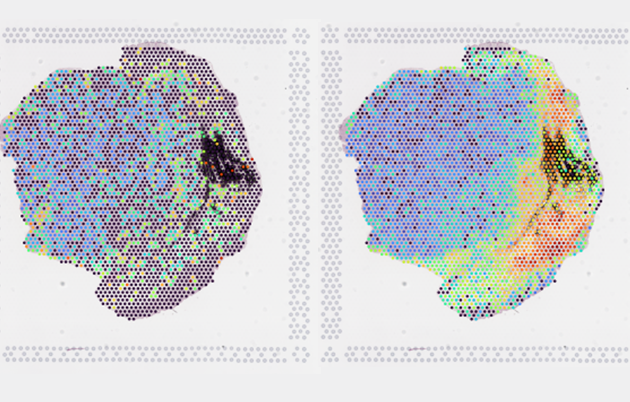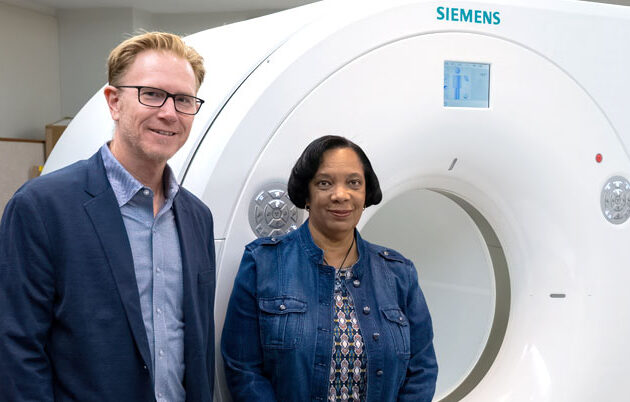When Grist joined UW in 1991, MRI techniques were still evolving. Grist was excited to learn that UW already owned one of GE HealthCare’s MRI machines. From the outset, he helped strengthen and nurture the university’s burgeoning partnership with the company, and the relationship would eventually lead to breakthrough innovations and collaborations between GE HealthCare engineers and UW–Madison radiologists and medical physicists in the areas of MRI and CT imaging. Today, GE HealthCare’s MRI and CT scanners are shipped worldwide with protocols and software developed at UW–Madison, thanks largely to the enduring partnership fostered by Grist.
Shortly after he arrived at UW, Grist became one of the co-inventors, along with UW–Madison medical physicist Charles “Chuck” Mistretta, PhD, of a technique called Time-Resolved MR Angiography (TRICKS), which changed the way doctors perform diagnostic MR angiography — a procedure that uses images of blood vessels to examine the vascular system. The opportunity to work on this helped draw Grist to UW.
“Chuck and I thought we could have fun developing angiography in new ways with GE,” he said. “We wanted to study blood vessels with MRI methods that did not involve placement of a catheter in the artery, or X-rays. TRICKS is a non-invasive way to create three-dimensional images of the arteries.”
GE HealthCare adopted the application for its machines, and in the process, Grist said, the university researchers and the GE engineers “collectively realized the power of working together, enhancing our ability to identify and meet patient needs, and validate that these new approaches worked.”
Many more innovations followed, some in the form of clinical applications for GE HealthCare’s MRI and CT scanners, and others in the form of protocols — detailed instructions for doctors and technologists on how to use the machines, from minimizing radiation levels to maintaining high image quality.



